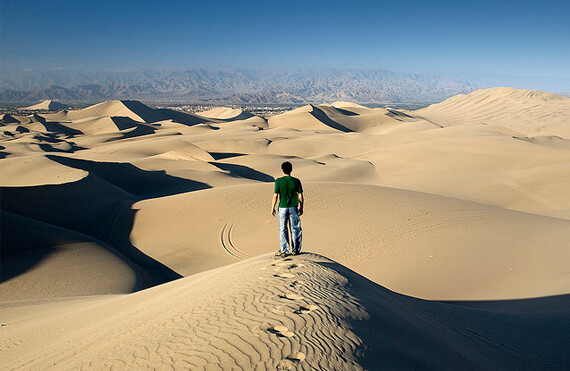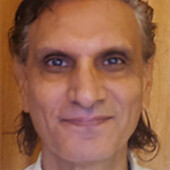Billions are spent annually on development worldwide, but very few agencies keep an account of whether the achieved progress can be sustained.
For example, India's ecological footprint—the amount of productive land and sea needed to produce what India consumes and to absorb its wastes—has doubled since 1961, and India's total burden on biocapacity is exceeded today only by the United States and China. As Indian industrialist Adi Godrej put it: India is depleting its ecological assets in support of its current economic boom and the growth of its population. This suggests that business and government intervention are needed to reverse this risky trend, and ensure a sustainable future in which India remains economically competitive and its people can live satisfying lives.
More inclusive calculations of wealth have long been a goal of ecological economists—combining environmental factors with measures of human progress to get the big picture of sustainable economic growth, in terms of net gain (or loss) and national accounts of cost and benefit.
Lately there have been some good efforts in this area:
- The World Bank Wealth Estimates measure a country's total wealth as composed of produced capital (including infrastructure and urban land), natural capital (like forests, cropland, fish stocks, minerals, etc.), and human resources (like human capital, and quality of institutions); and Adjusted Net Saving indicates the sustainability of the economy by calculating from year to year the increase in produced capital, depletion of natural resources, investments in human capital, and damage to health caused by pollution.
But the measurement deficit has now been filled in a substantial way by the United Nations Development Program's latest Human Development Report 2013.
The report highlights country performance in ways suggested by the Global Footprint Network. It includes both the amount of human well-being that countries generate as measured by the Human Development Index, as well as the level of resource demand and consumption as measured by the Ecological Footprint. It is a big step forward that a leading UN agency has now offered a strategy for alternative development. Earlier versions of the report only included Ecological Footprint outcomes in the background data.
The United Nations HDI is an indicator of human development that measures a country's achievements in the areas of life expectancy, education, and income. The Ecological Footprint measures a people's demand on nature and can be compared to available biocapacity. The HDI-Footprint, using simple indicators, prominently reveals how far removed the world is from achieving sustainable development.
The value of integrating the two methodologies into one evaluative framework is that sustainable human development depends on achieving better lives for all, within the resource budget available to the population. The latter means adequate access to ecological assets over the long term. We need to realize and always keep in mind that human welfare is crucially dependent on healthy ecological assets.
The new Human Development Report summarizes the need of the hour: To sustain progress in human development, far more attention needs to be paid to the impact human beings are having on the environment. The goal is high human development and a low ecological footprint per capita. Only a few countries come close to creating such a globally reproducible high level of human development without exerting unsustainable pressure on the planet's ecological resources. The HDR shares similar ethical sentiments as those of the Happy Planet Index and its measurement of social achievement in terms of life satisfaction that does the least damage to the environment.
Now that human development can be correlated with environmental costs, we have a clear option to measure and therefore pursue a broader meaning of development. There are many opportunities to manage and use biocapacity more effectively and to invest in human development programs that move countries closer to global long-term sustainability.
The age of hybrid economic-ecologic metrics has arrived.




